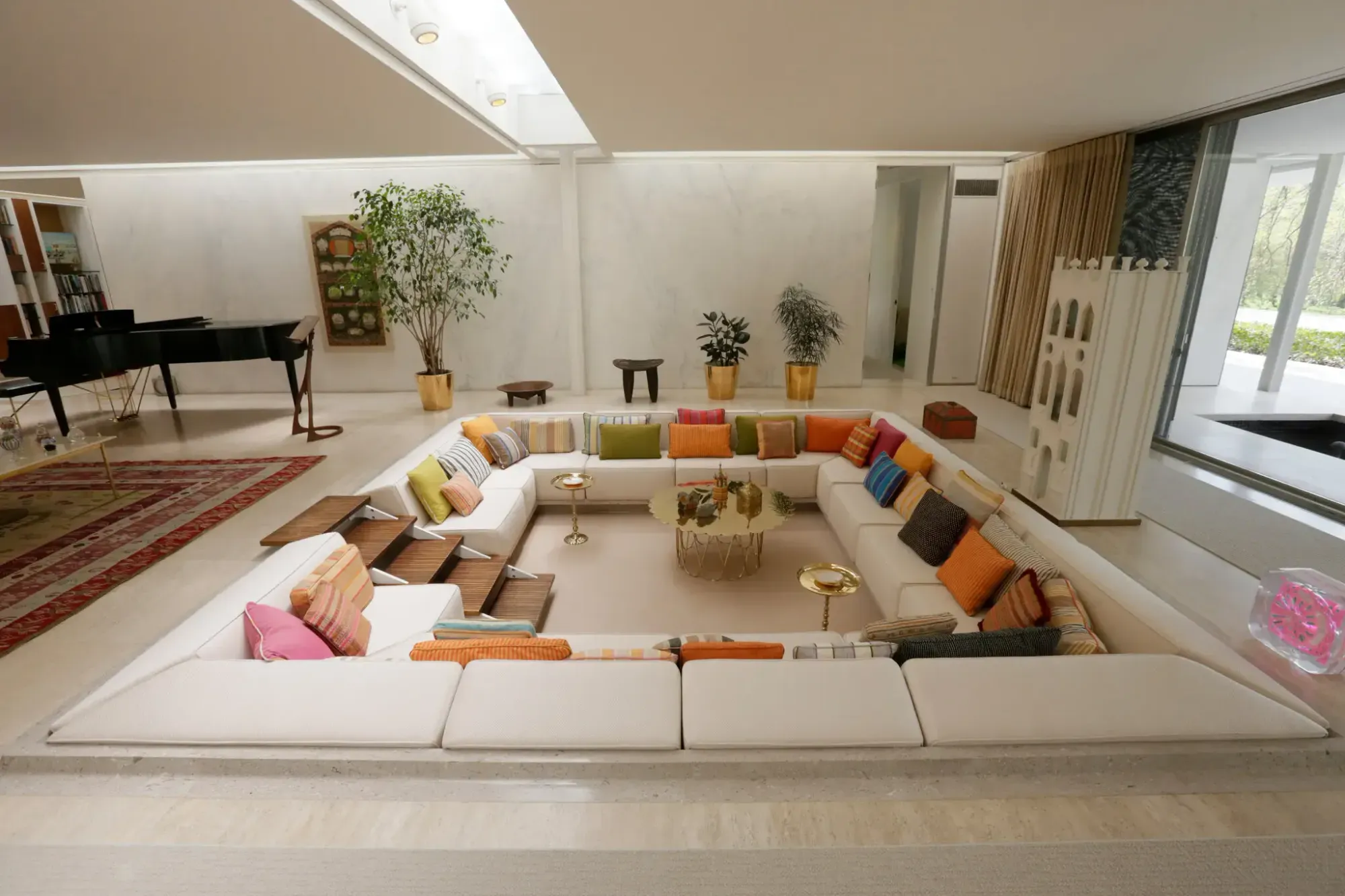In today’s article, we present the returning trend of sunken living rooms. Our selection features one classic and four brand new examples.
In the mid-twentieth-century, the “conversation pits” sunken in the living room floor were hugely popular, representing the highest school of chic at the time. Although for a time they were considered the jewel in the crown of interior design, they soon showed their dark side. In 1963, the New York Times published an article entitled Fall of the Pit, in which they listed the many drawbacks of this solution. For example, in the midst of cocktail parties, ladies could be prone to falling into the pit, not to mention the inconvenience of being able to see up their skirts for those with a keen eye. Nevertheless, the real golden age of this architectural solution came in the 1970s.
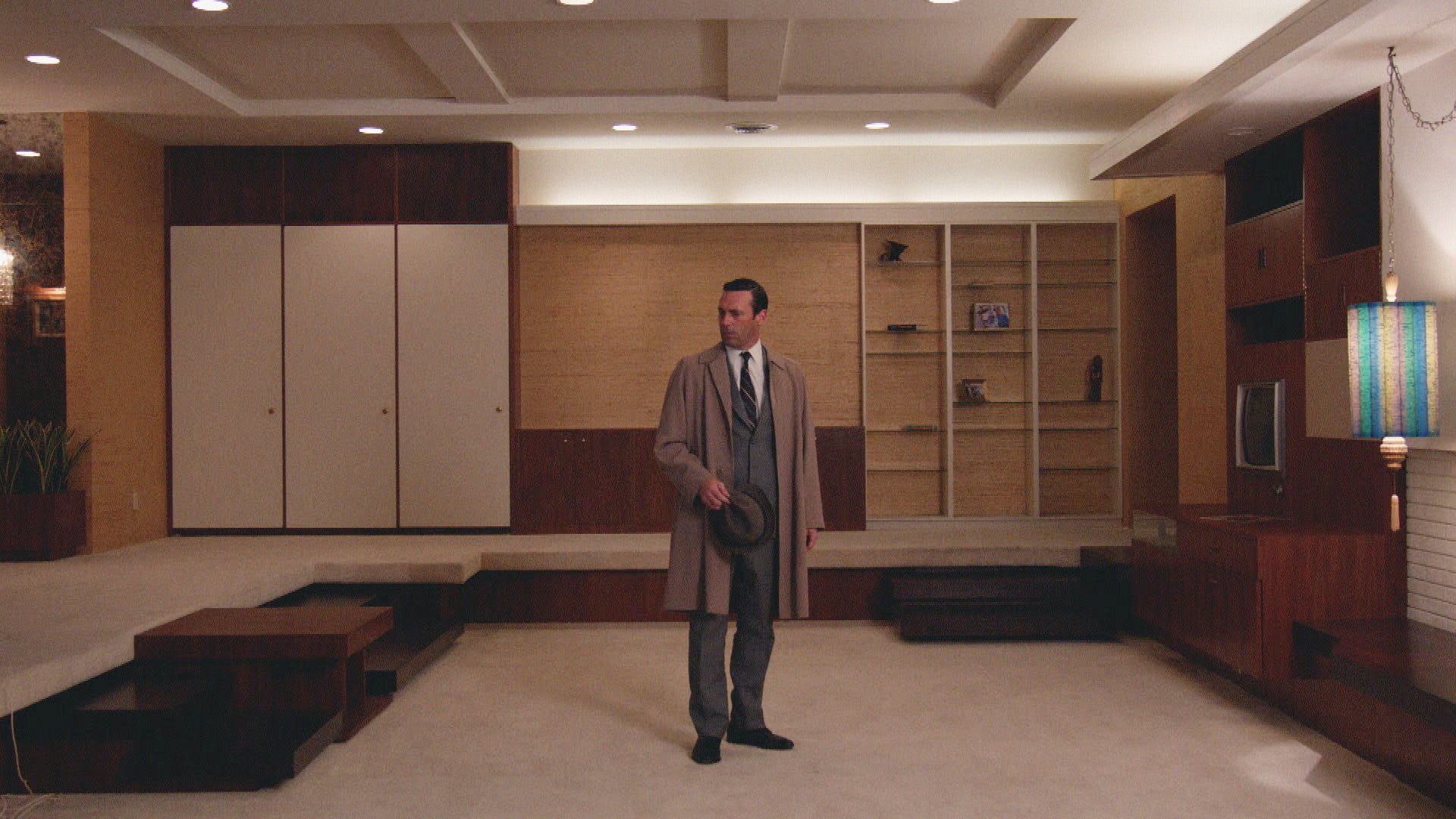
Although they have taken a back seat for a while, in recent years more and more people have been keen to see these sunken details back in their homes, especially since the pandemic, when social atomization has become even more prevalent. Their romanticism is probably due to their reputation as relics of a perceived happier past, when social life and living rooms were not organized around screens but allowed direct human contact.

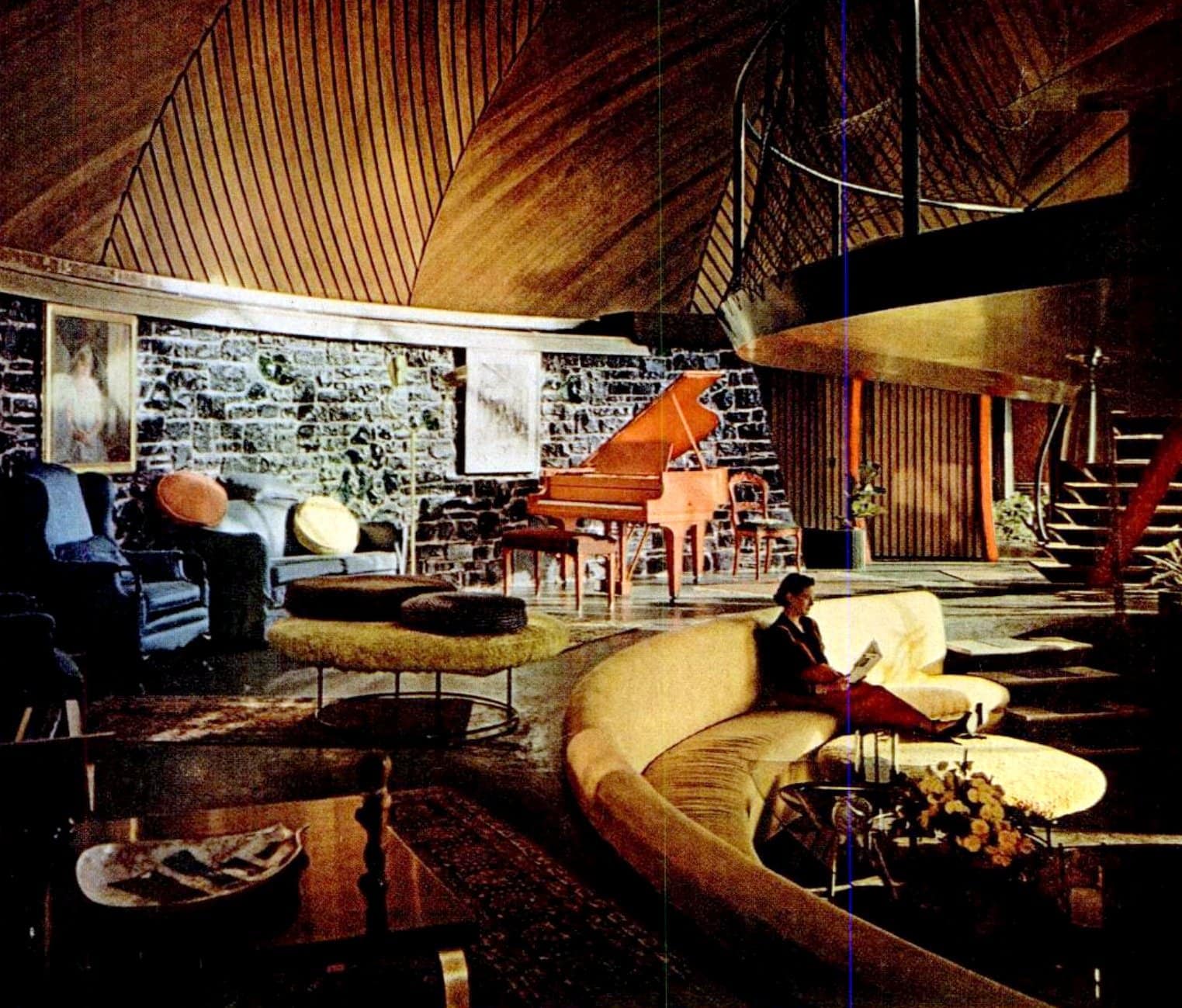
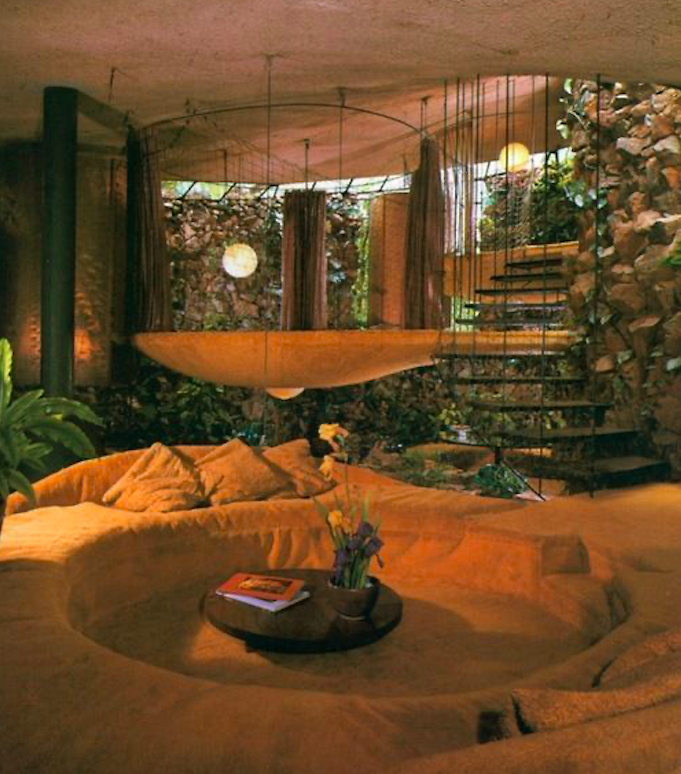
The first such lounge is credited to American architect Bruce Goff, who designed it for a house in Oklahoma City in 1927. Most experts agree, however, that architect Eero Saarinen, who also designed the Miller House, was responsible for spreading the trend.
Miller House, Colombus (USA)
It is considered one of the most important modernist houses in the US and is home to the conversation pit that is believed to have fueled the trend. Built in 1952 for industrialist Irwin Miller, a patron of modern architecture, the house was designed by Finnish-born Eero Saarinen and the Moroccan drapery was created by designer Alexander Girard.


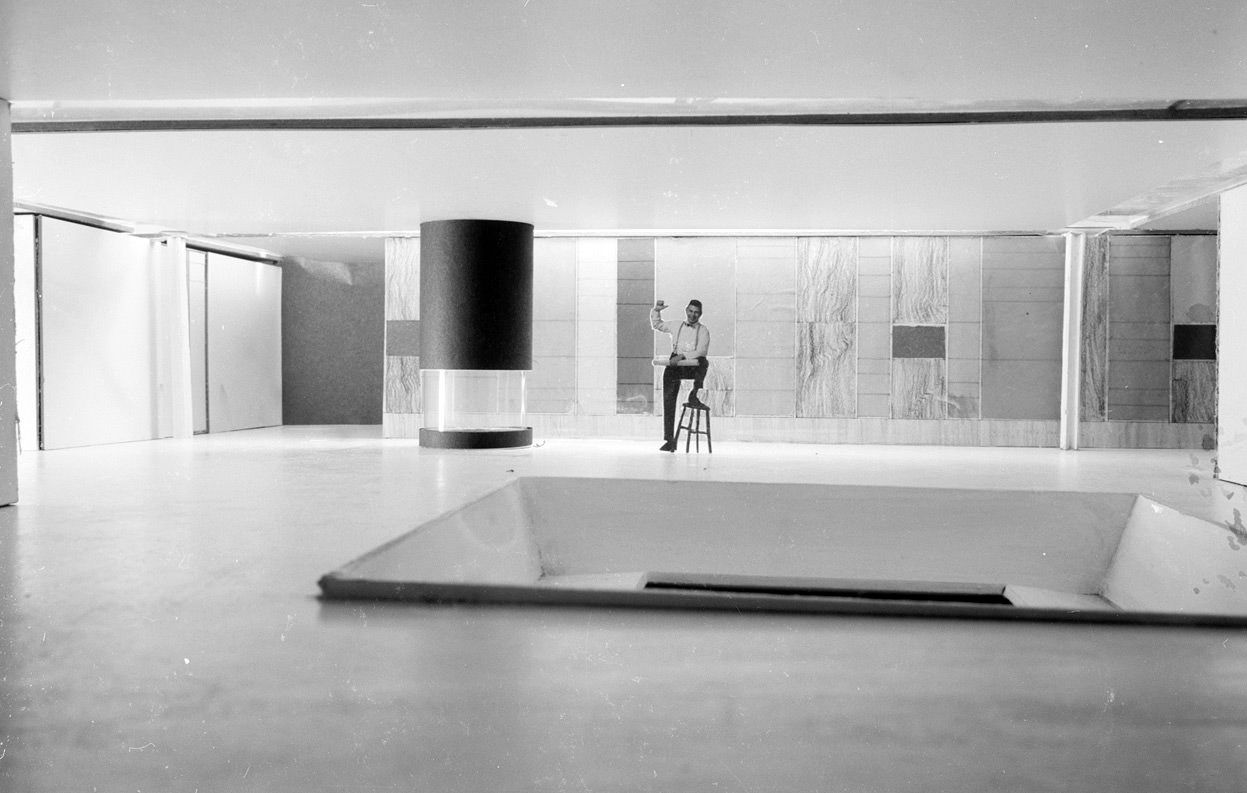
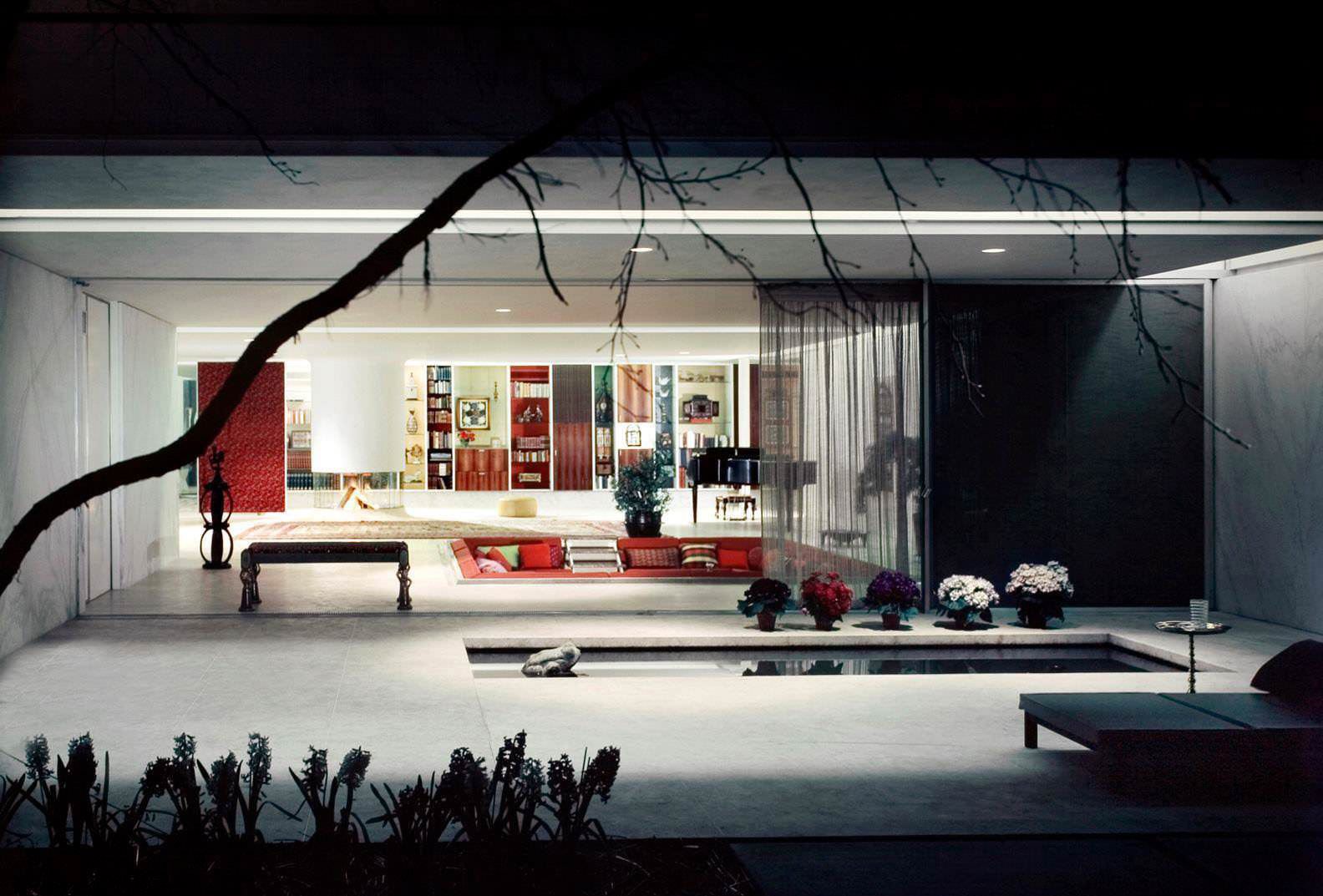
Pam and Paul’s House, Cupertino (USA)
Designed by Craig Steely Architecture, the two-level minimalist house is set on a hillside in Silicon Valley, with spectacular views of the forest through large windows. The sunken sitting area in the house is a good example of how to take this format and turn it into a more relaxed concept. Rather than filling the recess with a seating area or a coffee table, it has been turned into a large sofa.
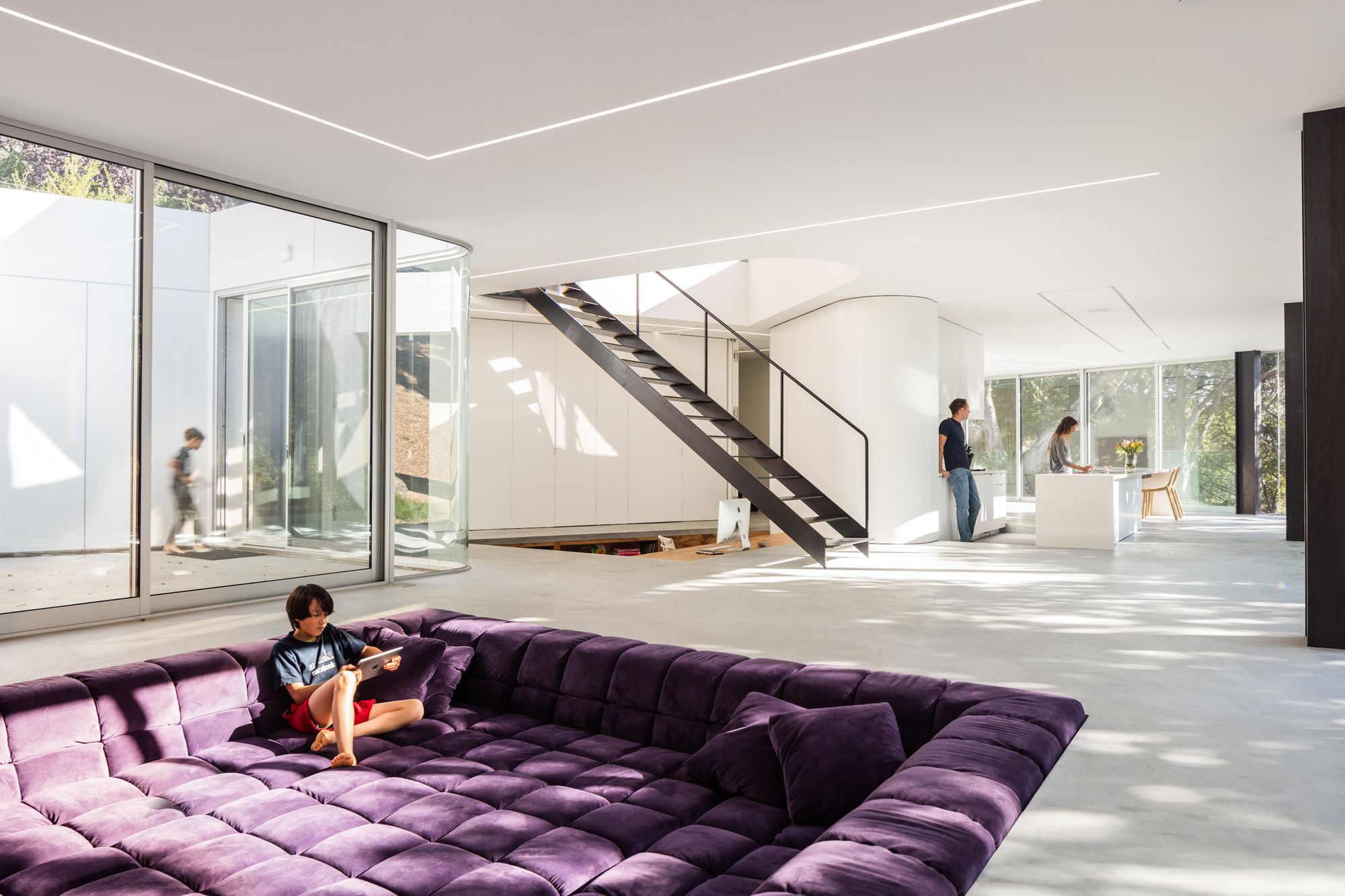
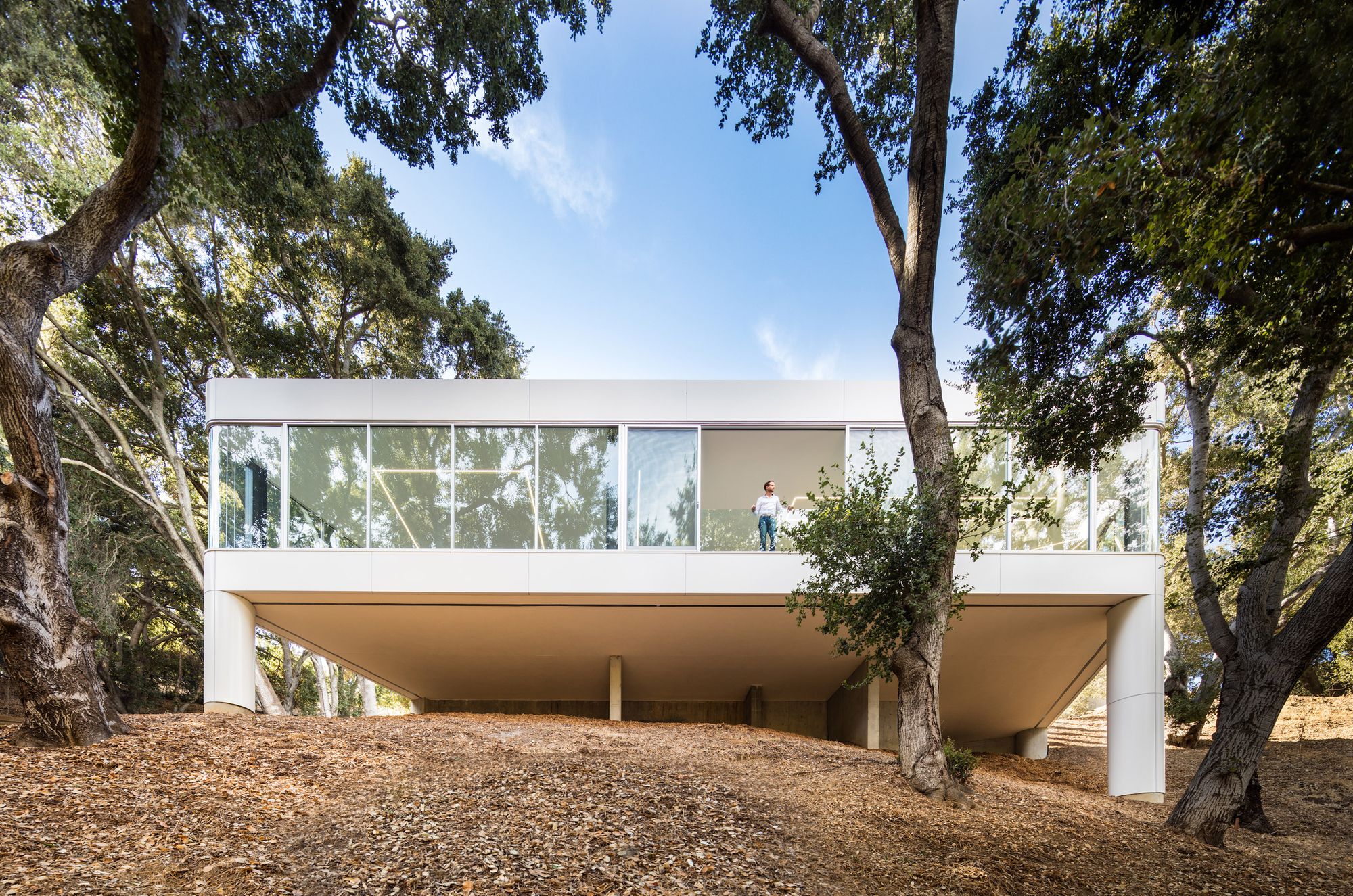

Mirror Point Cottage, Annapolis (Canada)
To create this vacation home, designers Brian MacKay-Lyons and Talbot Sweetapple repurposed a former ‘fishing shack’. This example is unique for two reasons: firstly, the sunken element is located outdoors and secondly, it is not just a seating area, but a complete summer kitchen. And what could bring people closer together than sharing a meal?
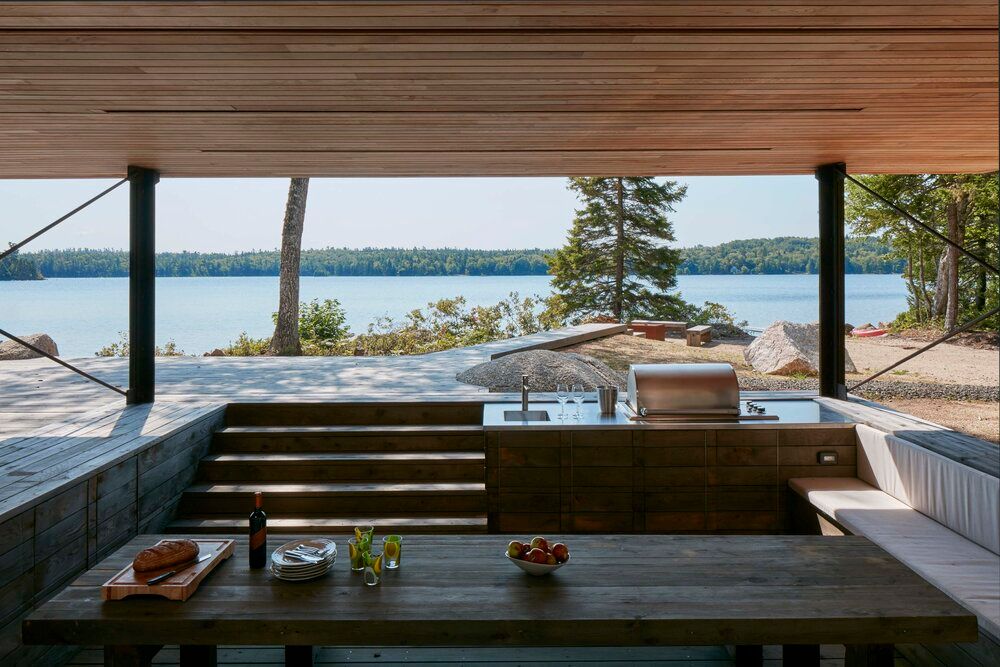
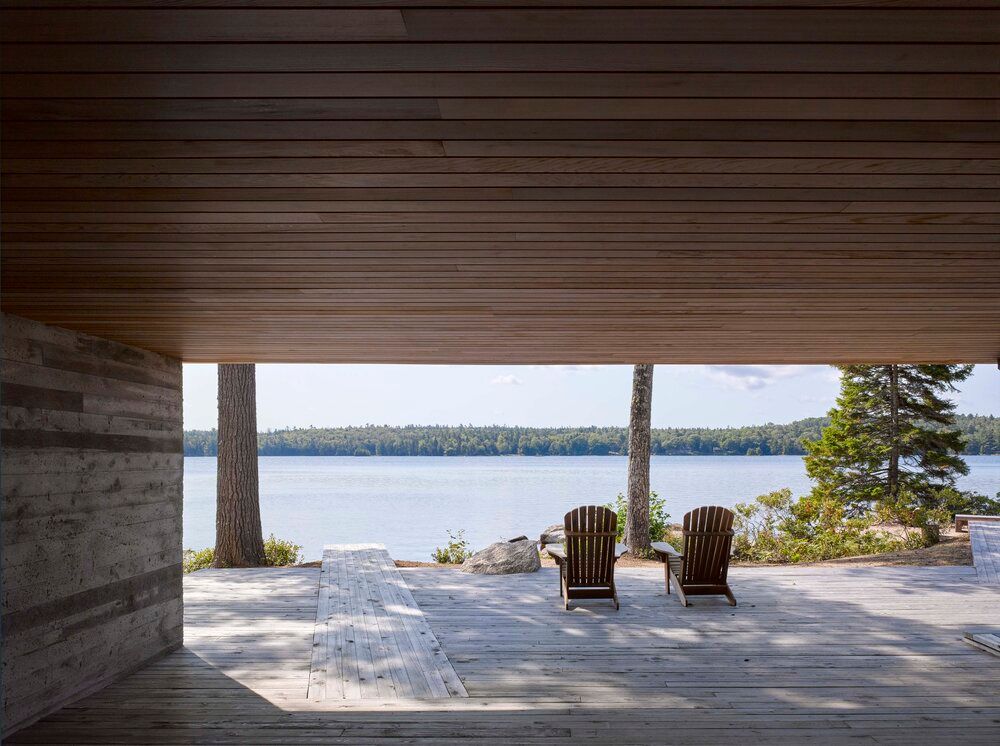
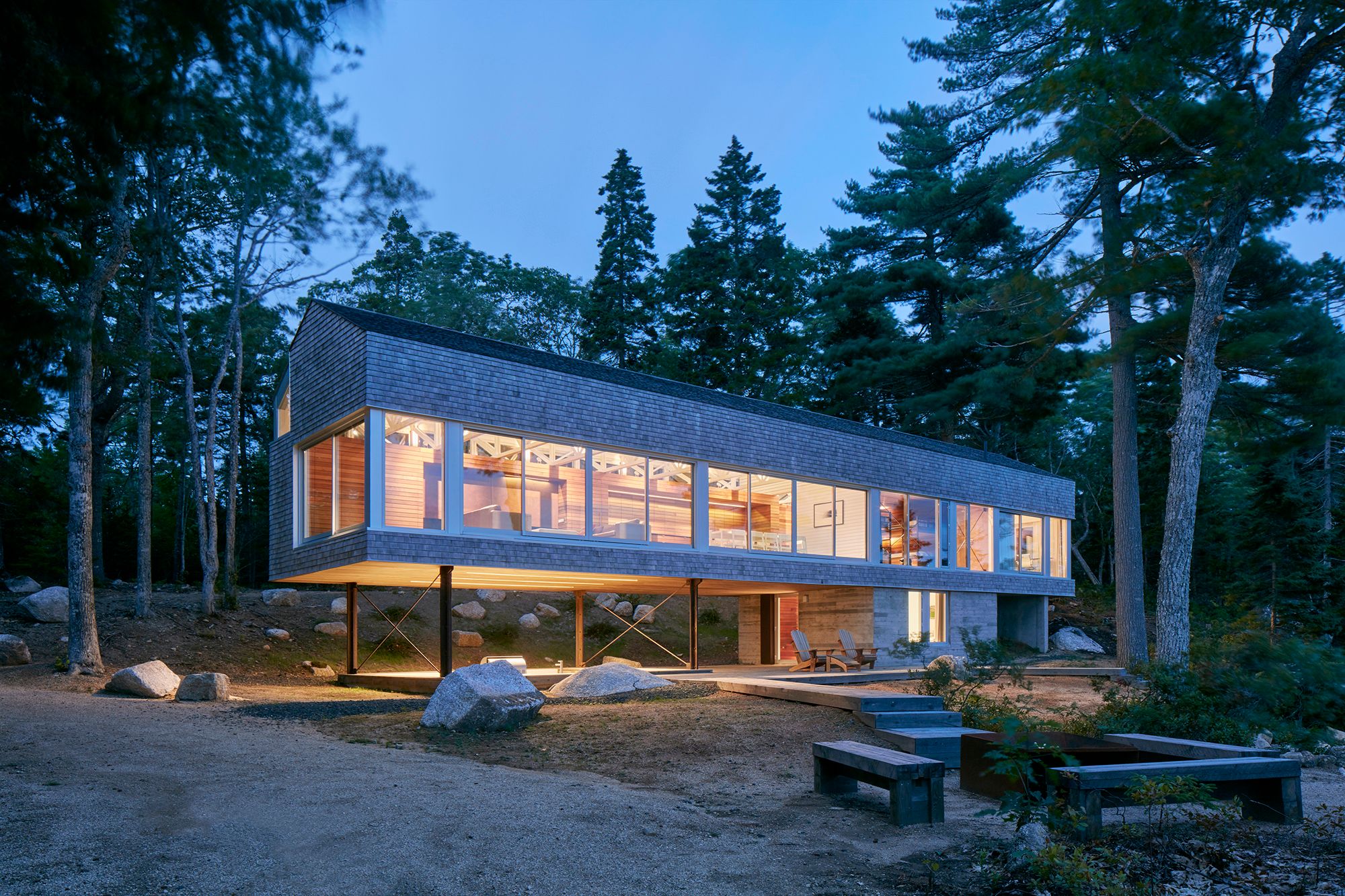
Towers Road House, Melbourne (Australia)
Australian architecture firm Wood Marsh wanted to design a house that felt more like a sculpture, but could be lived in. We chose to feature it because of the fireplace in the center of the sunken living room, which is often a recurring feature in conversation pits.
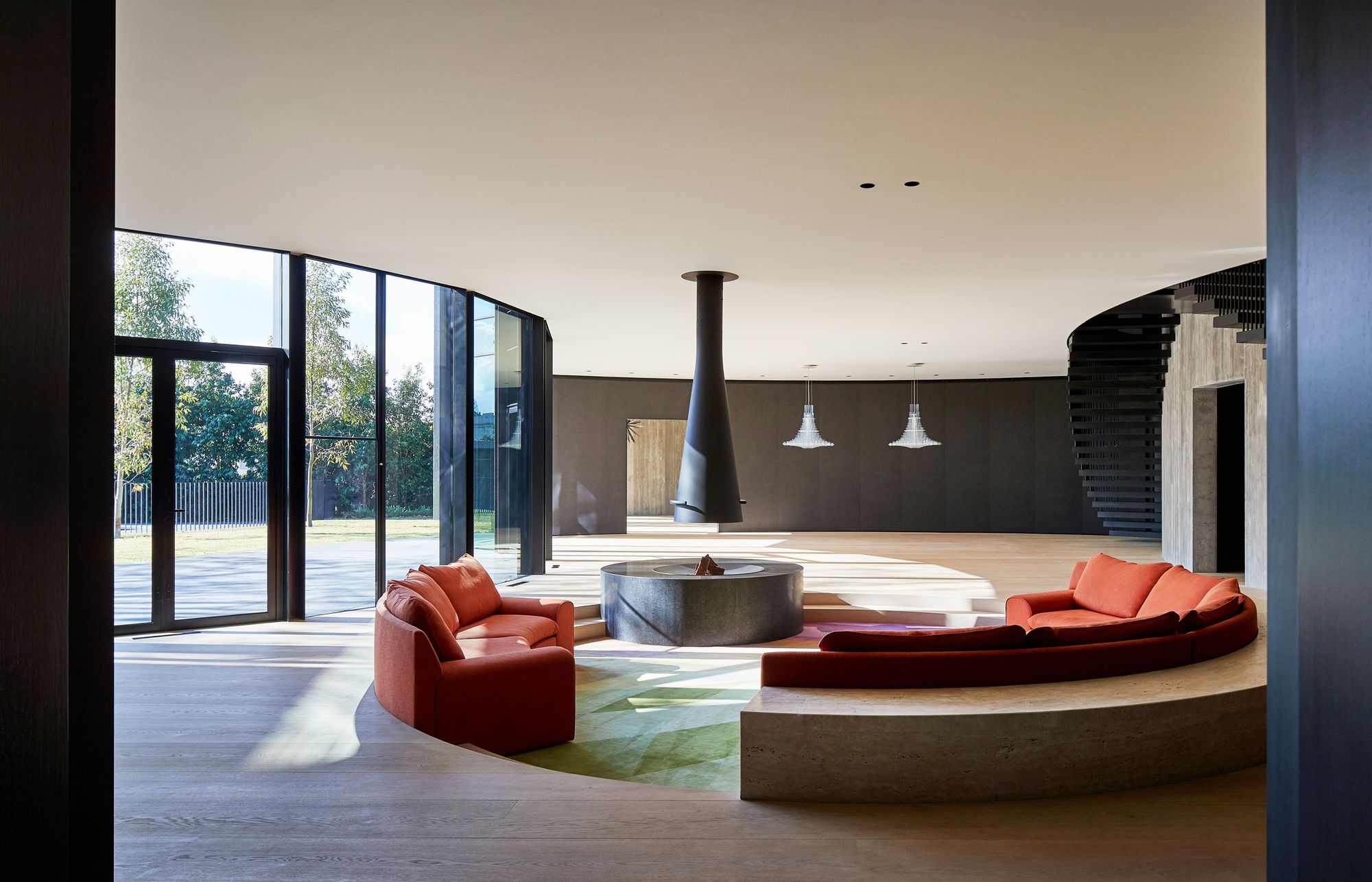

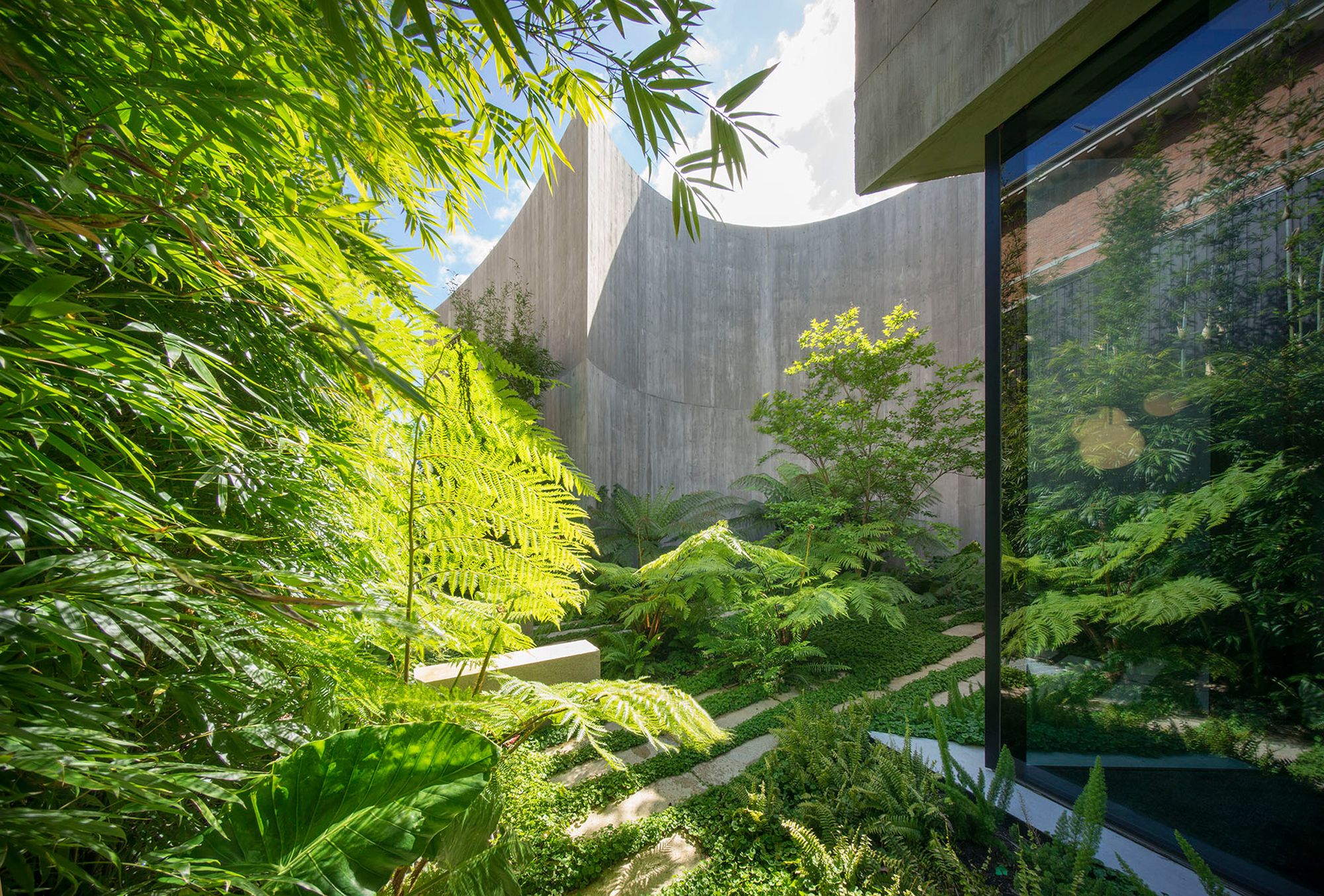
Wriff Residence, St. John’s (Canada)
Our last example illustrates that it’s not carved in stone that the sunken section has to be in the middle of the room. Moreover, this conversation pit in this family home designed by the Guggenheim Studio offers a magnificent view of the river.
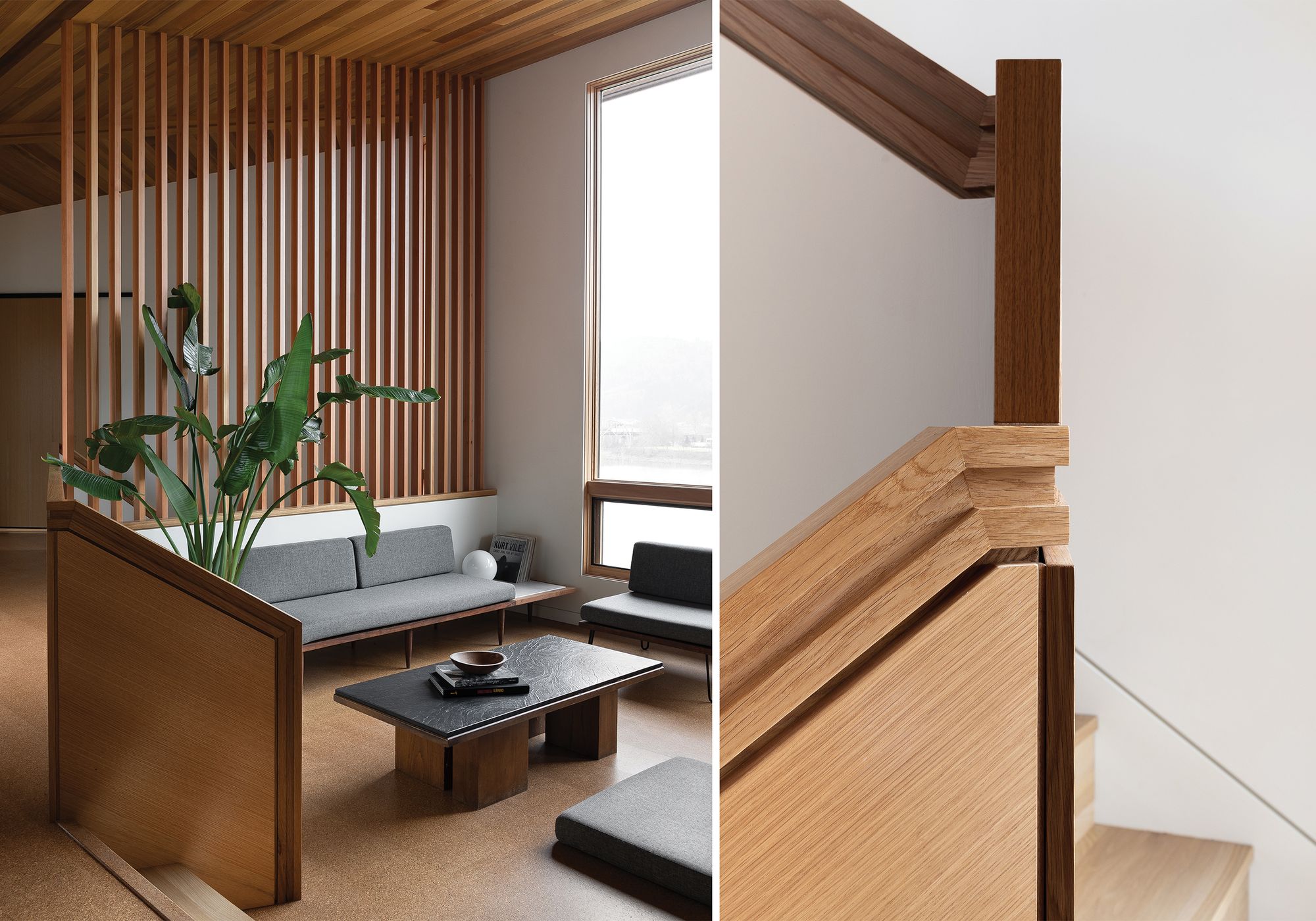
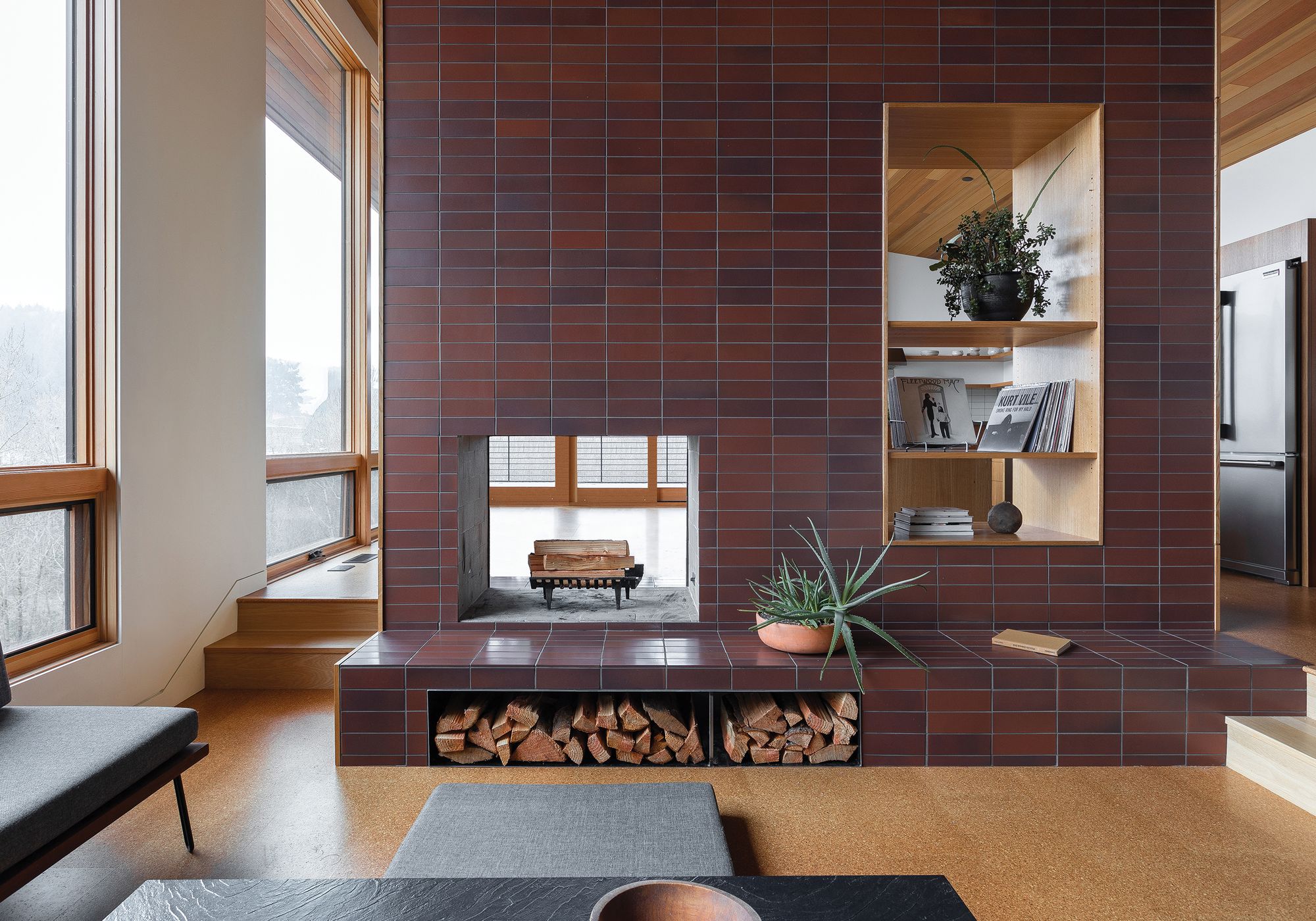
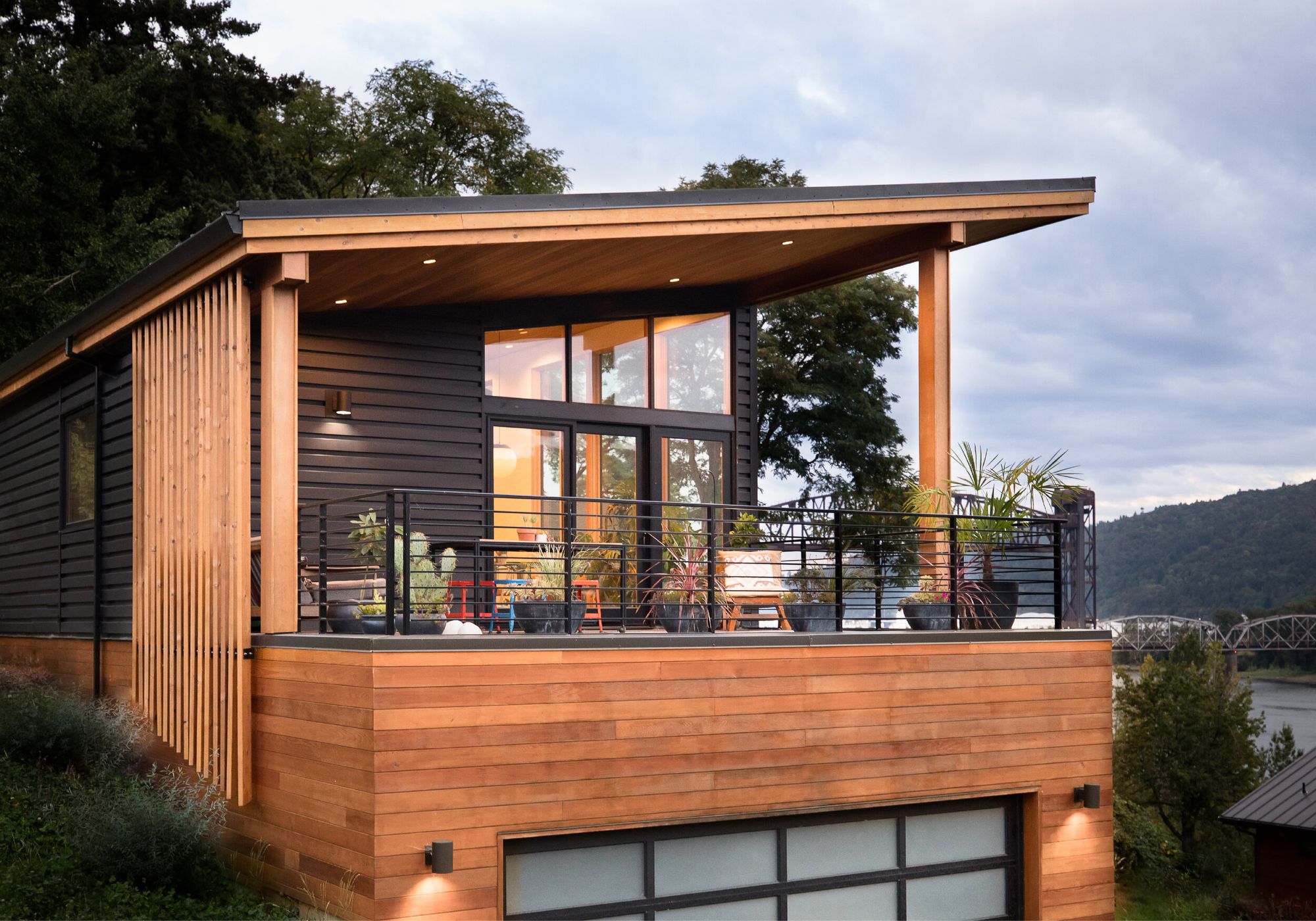
Photos: Balthazar Korab, Darren Bradley, Rafael Gamo, Peter Bennetts, Rafael Gamo
Craig Steely Architecture | Web | Instagram
MacKay-Lyons Sweetapple Architects Limited | Web | Facebook | Instagram
Wood Marsh Architecture | Web | Faccebook | Instagram
Guggenheim Studio | Web | Faccebook | Instagram
Sources: archdaily, content.time, griefbacon, mcmdaily, dezeen, architectmagazine, dezeen2, guggenheimstudio

“Our mission is to help people understand each other better” | Kvalitný Slang

Images of reality and works of imagination | Regional exhibition overview | Spring 2023










